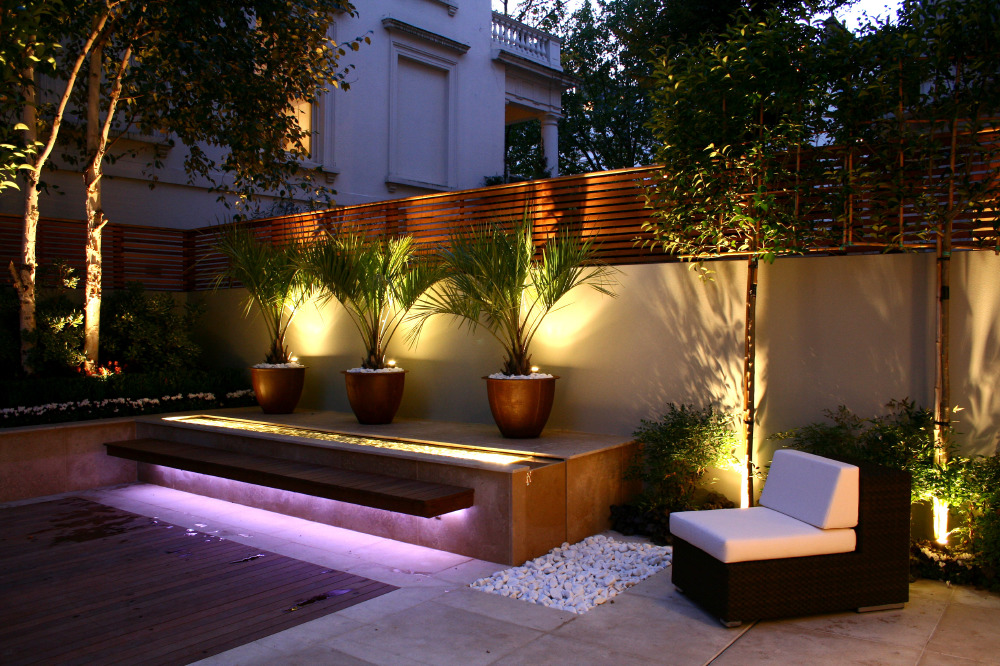When shopping for outdoor or bathroom lighting, you will most probably have been confronted by a mysterious IP code that is followed by two numbers. This code was designed to provide us non-experts with an easy to understand description of how well-protected a light fitting is.
For those of you who don’t have an encyclopaedic knowledge of International, European, and British Standard codes here is a helpful guide to what they mean and examples of how a product and a situation match up with an IP code.
IP Broken Down
What does the code actually mean? Well, each part of the code is designed to give you information and help you decide if the fitting you are looking at is suitable for where you want to put it.
Firstly – IP
The IP in the code is short for Ingress Protection – as in how well protected a fitting is.
Digit 1 – Solids
The first digit tells you how well protected a fitting is against solids – such as dust, and other objects. The higher the number the more protected it is. On occasion you may find the digit represented by an X. This means the value has not been determined, usually because the product hasn’t been tested for protection against solid objects. For full details check out Table 1 below.
Digit 2 – Liquid
The second digit is used to tell you about the level of liquid protection: 0 being not protected and, the highest value of 8 being safe to submerge in more than 1 meter of water. For a full rundown check out Table 2 below.
IP Rating First Digit
Digit 1 | ||
| Number | Size of object | Protects against |
0 | — | No protection against contact or entrance by any object |
1 | >50 mm | Protection against any large surface area of the body but not deliberate tampering or force |
2 | >12.5 mm | Fingers or similar sized tools and objects |
3 | >2.5 mm | Thick wires, tools and similar-sized foreign bodies |
4 | >1 mm | Most wires, screws, etc. |
5 | Dust protected | Protected against dust – it has to enter in large amounts to interfere with operation. Complete protection against contact |
6 | Dust tight | Impossible for dust to enter; complete protection against any foreign body |
X | Undetermined | Indicates that protection against solid objects in not defined |
IP Rating Second Digit
Digit 2 | |||||
| Number | Protects against | Tested for | Extra detail | ||
0 | Not protected | — | — | ||
1 | Dripping water | Dripping water – no damaging effect when tested against vertical falling water drops | Test duration: 10 minutes | Water equivalent to 1mm rainfall per minute | |
2 | Dripping water when tilted up to 15° | Vertically dripping water has no damaging effect when the light enclosure is tilted at an angle up to 15° from its usual position. | Test duration: 10 minutes | Water equivalent to 3mm rainfall per minute | |
3 | Spraying water | Water falling as a spray at any angle up to 60° has no damaging effect | Test duration: 5 minutes | Water volume: 0.7 litres per minute | Pressure: 80–100 kN/m² |
4 | Splashing water | Water splashing against light enclosure from any direction has no damaging effect | Test duration: 5 minutes | Water volume: 10 litres per minute | Pressure: 80–100 kN/m² |
5 | Water jets | Water projected by a nozzle (6.3mm) against light enclosure from any direction shall have no damaging effect | Test duration: at least 3 minutes | Water volume: 12.5 litres per minute | Pressure: 30 kN/m² at distance of 3m |
6 | Powerful water jets | Water projected in powerful jets (12.5mm nozzle) against the light enclosure from any direction has no damaging effect | Test duration: at least 3 minutes | Water volume: 100 litres per minute | Pressure: 100 kN/m² at distance of 3m |
7 | Immersion up to 1 m | Water won’t infiltrate even when light enclosure is immersed in water up to 1m in depth | Test duration: 30 minutes | Immersion at depth of 1m | |
8 | Immersion beyond 1 m | The equipment is suitable for continuous immersion in water under conditions specified by the manufacturer. Normally, this will mean that the equipment is hermetically sealed but in some cases, certain types of light enclosures can let some water in, but in a way that won’t be detrimental to the function of the light. | Test duration: continuous immersion in water | Depth specified by manufacturer | |
Decking Den…
If you are re-designing your garden and building a sheltered decking or patio area for you and your family to relax in, then you need lights that are protected but not at the highest end of the scale. The Belinda Low Energy Flush Fitting Standard has an IP Rating of 44, so is protected against small foreign bodies such as stray screws and wires from entering, as well as splashing water. It is hardy and durable and will light up your decking den like a dream.
reference:lighting-direct
